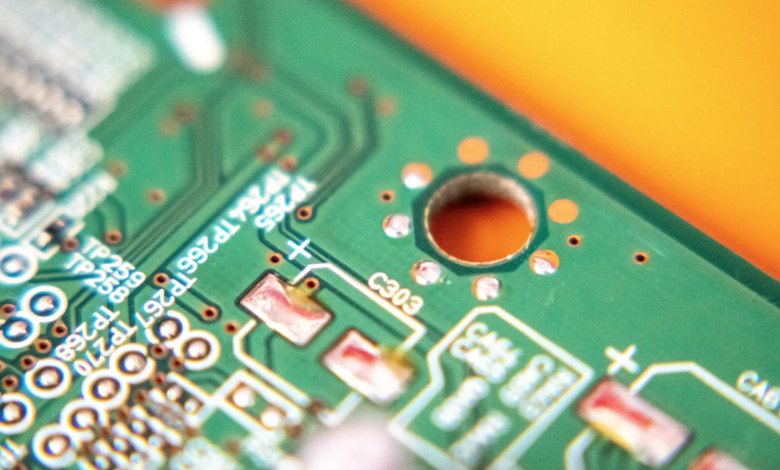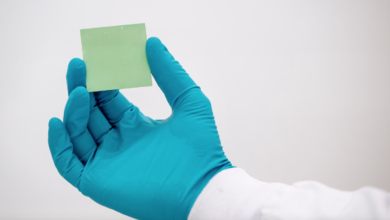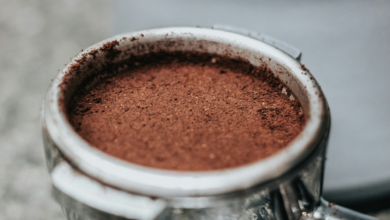Precious metals from WEEE: the key to recovery from brewer’s yeast

The presence of precious metals in WEEE pushes research toward the circular economy
(sustainabilityenvironment.com) – The technology industry is producing at a dizzying pace, products often fail and cannot be repaired, and the recycling sector is underdeveloped. This mix of factors is at the origin of the accumulation of electrical and electronic waste. However, precious metals in WEEE are a great opportunity to invest in the circular economy of these products. In an attempt to find new solutions, a study has just identified brewer’s yeast as one of the most promising products.
Published yesterday by Frontiers in Bioengineering and Biotechnology, the work of three Austrian institutes tells a successful experiment in the use of spent brewer’s yeast to recover precious metals from electronic waste. The effect is possible by passing the yeast through different stages and manipulating the pH levels.
read also An important discovery for the recovery of precious metals from wastewater
The results of the Austrian experiment
In practice, yeast has been freeze-dried by scientists and used in biosorption experiments. This term simply means the removal of metals or metalloid species, compounds and particulates from a solution through biological material. By combining waste yeast biomass with synthetic polymetallic solutions, the experiment found that it could remove 50% of aluminum at a pH level of 3.5, more than 40% of copper at pH 5.0 and more than 70% of zinc at pH 7.5.
When the solution was applied to a true polymetallic waste stream produced by the leaching of printed circuit boards, the process was able to recover more than 50% of copper at pH 3.5 and more than 90% of zinc at pH 7.5. Yeast was used in five consecutive biosorption steps and proved to be reusable because there were few differences in its resilience.
A waste product thus becomes a valuable resource for recovering metals from polymetallic waste streams sustainably and selectively. Biosorption, according to researchers, can still be improved and achieve higher recovery rates.





